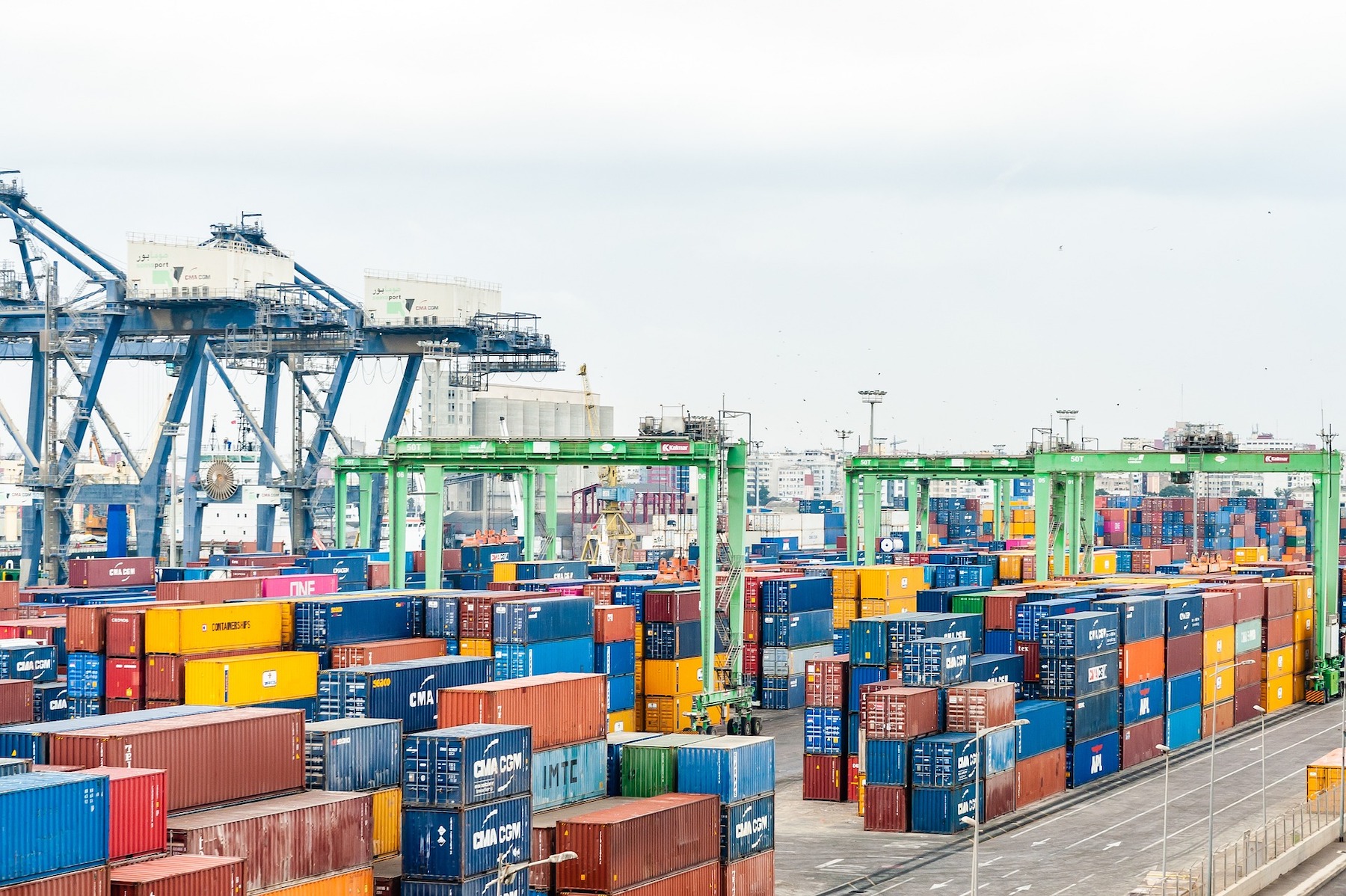Global supply-chain delays and shortages have had an impact on construction contracts in terms of enforceability and risk, and have increased the likelihood of litigation to settle differences between parties, as well as the need to negotiate contracts that anticipate and minimize potential disputes.
“The allocation of risk is paramount to [achieving] the best possible outcome,” stated David Vanderhider, a Partner in the San Antonio office of Dykema Gossett, a Detroit-based national law firm with a substantial construction litigation practice.
During an October 26 webinar that explored the legal considerations of supply-chain impacts on contracts, Vanderhider was joined by two Partners from Dykema Gossett’s Chicago office: Steven Mroczkowski, who is Co-leader of the firm’s Construction Group; and Melanie Chico, Asset Practice Group Leader.
Chico predicted that supply-chain problems, including those related to costs and labor, are likely to spill into 2023. To which Vanderhider followed that earlier attention to planning will be needed to prepare for delays and cost overruns. Mroczkowksi added that collaboration is the key to allocating risk fairly, and he’s been seeing fewer take-it-or-leave-it clauses on contracts. But he also noted that “there’s no one-size-fits-all” solution.
Contractual risk and reward
The bulk of the webinar was taken up with the partners discussing different contract clauses. For example, Mroczkowski has seen an uptick in litigation over the applicability of force majeure, which is intended to excuse nonperformance following a particular event. (This is commonly known as the “Act of God” provision.) Such clauses are enforceable when the event is beyond the reasonable control of the party. And what is often being litigated, he said, is whether the affected party took sufficient steps to reduce its risk.
Mroczkowski cautioned that force majeure can vary by jurisdiction and how a project’s financing is structured, which is why he advises clients to customize the language of their contracts to the realities of the given project. “Sometimes, risk allocation boils down to an amendment in a contract,” observed Chico.
Another growing area of dispute, the partners said, is a contract’s Notice requirement, which spells out when a party is entitled to additional compensation or time. Chico said that too many notice clauses are loosely drawn up, and lack specificity when it comes to who, what, when, and why.
Indeed, the partners agreed that the precision of a particular clause’s language usually determines each party’s level of protection in a contract, especially at a time when outside forces that affect contractual agreements are in flux.
Litigate or arbitrate

During the webinar, the partners touched on suspension and termination provisions, limitation of liability clauses, waivers for consequential damages (which owners are generally interested in), safety requirements, and insurance requirements. (Vanderhider said that insurance policies covering errors and omissions/professional liability “are trending,” and revolve around notice provisions.)
He said he’s been seeing contracts with more provisions that allow owners to withhold payments, with a notorious change in emphasis from “pay when paid” to “pay if paid,” which shifts more risk onto subcontractors. Chico added there are options “to be creative here,” such as payment clauses that kick in or are capped at certain thresholds, are limited to certain building materials, are tied to index pricing, or offer early payment for supply and storage actions.
The partners also took some time to debate how best to resolve disputes in general.
Vanderhider typically favors litigation, claiming that arbitration doesn’t always save time or money, and can place limits on the presentation of evidence and witnesses. “Many of the more common contract forms don’t reflect the reality of today’s economic climate,” he asserted. But Vanderhider also conceded that arbitration makes it easier for parties to keep evidence private
Chico, on the other hand, prefers arbitration, “mostly because it’s faster” than letting a lawsuit play out. She and Vanderhider agreed that dispute clauses in contracts are most effective when they are consistent throughout the construction chain. Mroczkowski recommended, too, that contracts include a provision mandating some level of arbitration so as not to halt the project while the parties try to resolve differences.
In conclusion, Mroczkowski cited four takeaways for contractual risk mitigation:
•Focus on your priorities
•Be proactive anticipating supply-chain impacts
•Ensure consistency in certain key contract terms
•Ensure compliance with local laws.
Related Stories
Office Buildings | Mar 27, 2024
A new Singapore office campus inaugurates the Jurong Innovation District, a business park located in a tropical rainforest
Surbana Jurong, an urban, infrastructure and managed services consulting firm, recently opened its new headquarters in Singapore. Surbana Jurong Campus inaugurates the Jurong Innovation District, a business park set in a tropical rainforest.
Cultural Facilities | Mar 27, 2024
Kansas City’s new Sobela Ocean Aquarium home to nearly 8,000 animals in 34 habitats
Kansas City’s new Sobela Ocean Aquarium is a world-class facility home to nearly 8,000 animals in 34 habitats ranging from small tanks to a giant 400,000-gallon shark tank.
Cultural Facilities | Mar 26, 2024
Renovation restores century-old Brooklyn Paramount Theater to its original use
The renovation of the iconic Brooklyn Paramount Theater restored the building to its original purpose as a movie theater and music performance venue. Long Island University had acquired the venue in the 1960s and repurposed it as the school’s basketball court.
Green | Mar 25, 2024
Zero-carbon multifamily development designed for transactive energy
Living EmPower House, which is set to be the first zero-carbon, replicable, and equitable multifamily development designed for transactive energy, recently was awarded a $9 million Next EPIC Grant Construction Loan from the State of California.
Museums | Mar 25, 2024
Chrysler Museum of Art’s newly expanded Perry Glass Studio will display the art of glassmaking
In Norfolk, Va., the Chrysler Museum of Art’s Perry Glass Studio, an educational facility for glassmaking, will open a new addition in May. That will be followed by a renovation of the existing building scheduled for completion in December.
Sustainability | Mar 21, 2024
World’s first TRUE-certified building project completed in California
GENESIS Marina, an expansive laboratory and office campus in Brisbane, Calif., is the world’s first Total Resource Use and Efficiency (TRUE)-certified construction endeavor. The certification recognizes projects that achieve outstanding levels of resource efficiency through waste reduction, reuse, and recycling practices.
Office Buildings | Mar 21, 2024
Corporate carbon reduction pledges will have big impact on office market
Corporate carbon reduction commitments will have a significant impact on office leasing over the next few years. Businesses that have pledged to reduce their organization’s impact on climate change must ensure their next lease allows them to show material progress on their goals, according to a report by JLL.
Adaptive Reuse | Mar 21, 2024
Massachusetts launches program to spur office-to-residential conversions statewide
Massachusetts Gov. Maura Healey recently launched a program to help cities across the state identify underused office buildings that are best suited for residential conversions.
Legislation | Mar 21, 2024
Bill would mandate solar panels on public buildings in New York City
A recently introduced bill in the New York City Council would mandate solar panel installations on the roofs of all city-owned buildings. The legislation would require 100 MW of solar photovoltaic systems be installed on public buildings by the end of 2025.

















